Wintergreen essential oil is derived from the leaves of the wintergreen plant, scientifically known as Gaultheria Procumbens. It has a strong, minty aroma and is commonly used in aromatherapy for its potential analgesic and anti-inflammatory properties. However, it’s essential to use it with caution and in diluted form, as it contains methyl salicylate, which can be toxic if ingested in large amounts. It’s often used topically for relieving muscle and joint pain, as well as in massage oils and liniments. Always do a patch test before using it and consult with a healthcare professional, especially if you have any underlying health conditions or are pregnant or breastfeeding.
Wintergreen essential oil is believed to offer several potential benefits, including:
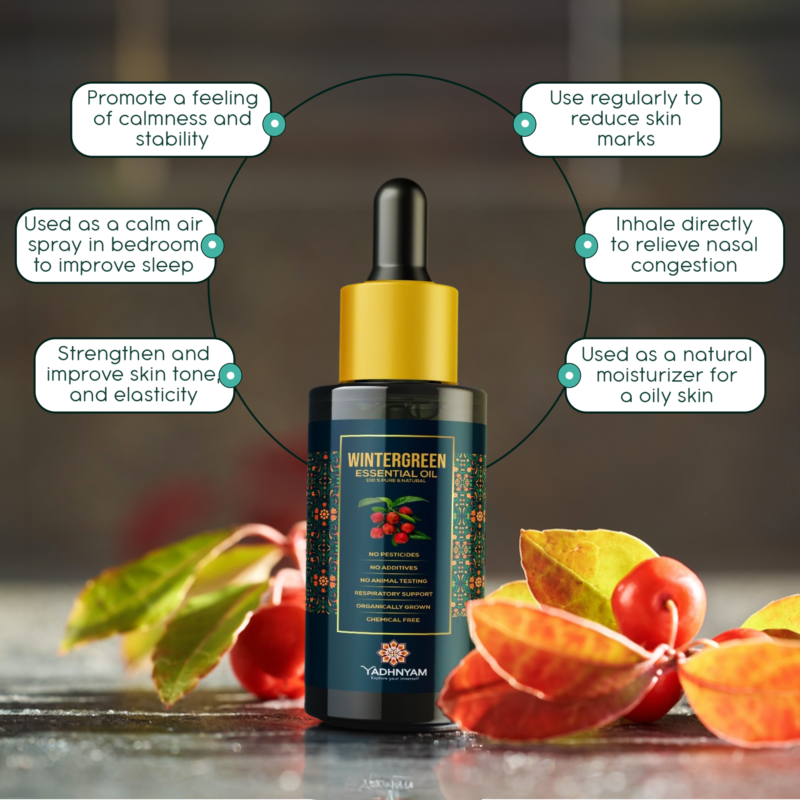
- Pain Relief: Wintergreen oil is commonly used topically to alleviate muscle and joint pain due to its potential analgesic properties. It may help reduce discomfort associated with conditions like arthritis, muscle soreness, and tension headaches.
- Anti-inflammatory: The oil contains methyl salicylate, which has anti-inflammatory properties. This makes it useful for reducing inflammation in muscles and joints, potentially aiding in the relief of conditions like arthritis and minor injuries.
- Respiratory Support: Inhaling the aroma of wintergreen oil may help clear the respiratory tract and provide relief from congestion, coughs, and other respiratory issues.
- Mental Clarity: Some people use wintergreen oil aromatically to promote mental alertness, focus, and clarity. Its invigorating scent may help enhance concentration and improve mood.
- Skin Care: Wintergreen oil is sometimes included in skincare products for its astringent properties, which may help tighten pores and improve the appearance of the skin. However, it should be used cautiously and in diluted form due to its potential irritant properties.
- Antimicrobial: Wintergreen oil exhibits antimicrobial properties, which may help fight against certain bacteria and fungi when applied topically. However, more research is needed to fully understand its effectiveness in this regard.
Remember to use wintergreen essential oil cautiously and in moderation, as it is potent and can be toxic if ingested in large amounts or applied undiluted to the skin. Always dilute it properly and perform a patch test before using it extensively. If you have any underlying health conditions or concerns, consult with a healthcare professional before using wintergreen oil.
Wintergreen essential oil can indeed be used to create a refreshing and invigorating room freshener. Here’s a simple recipe to make your own wintergreen room spray:
Ingredients:
- 1/2 cup of distilled water
- 1/2 cup of witch hazel or vodka (to help disperse the oil)
- 15-20 drops of wintergreen essential oil
- Optional: additional essential oils such as peppermint, eucalyptus, or lemon for a custom scent blend
Instructions:
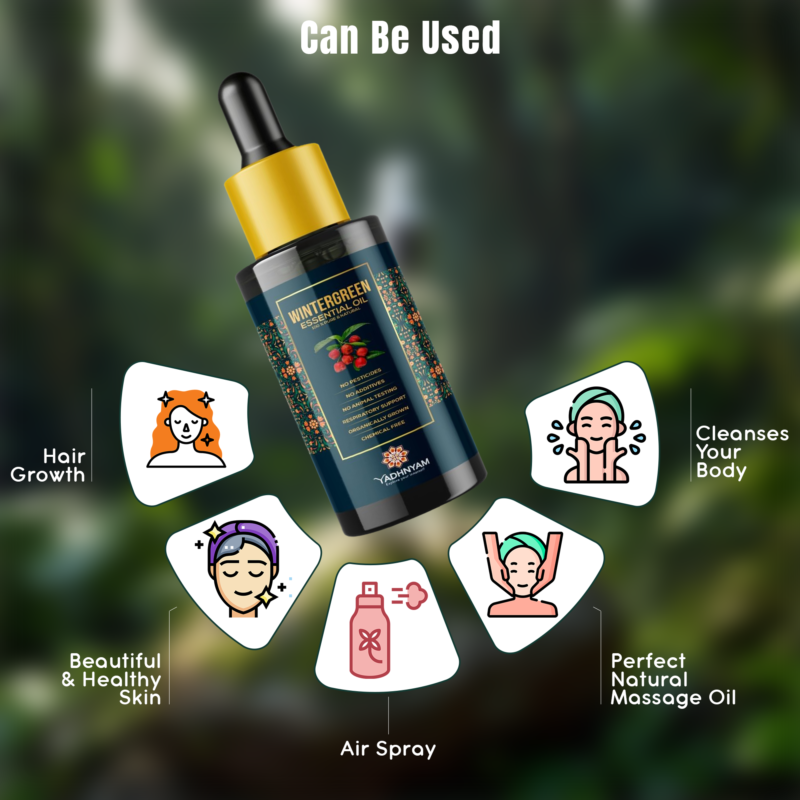
- In a clean spray bottle, combine the distilled water and witch hazel or vodka. Shake well to mix.
- Add 15-20 drops of wintergreen essential oil to the mixture. You can adjust the number of drops based on your preference for the strength of the scent.
- If desired, add a few drops of other essential oils to enhance the fragrance or customize the blend to your liking.
- Screw the spray nozzle onto the bottle and shake well to combine all the ingredients.
- To use, simply shake the bottle before each use and spray the room as needed to freshen the air. Avoid spraying directly onto furniture or fabrics to prevent staining.
This DIY wintergreen room spray can help eliminate odors and create a refreshing atmosphere in your home. Adjust the scent strength and combination of essential oils to suit your preferences.

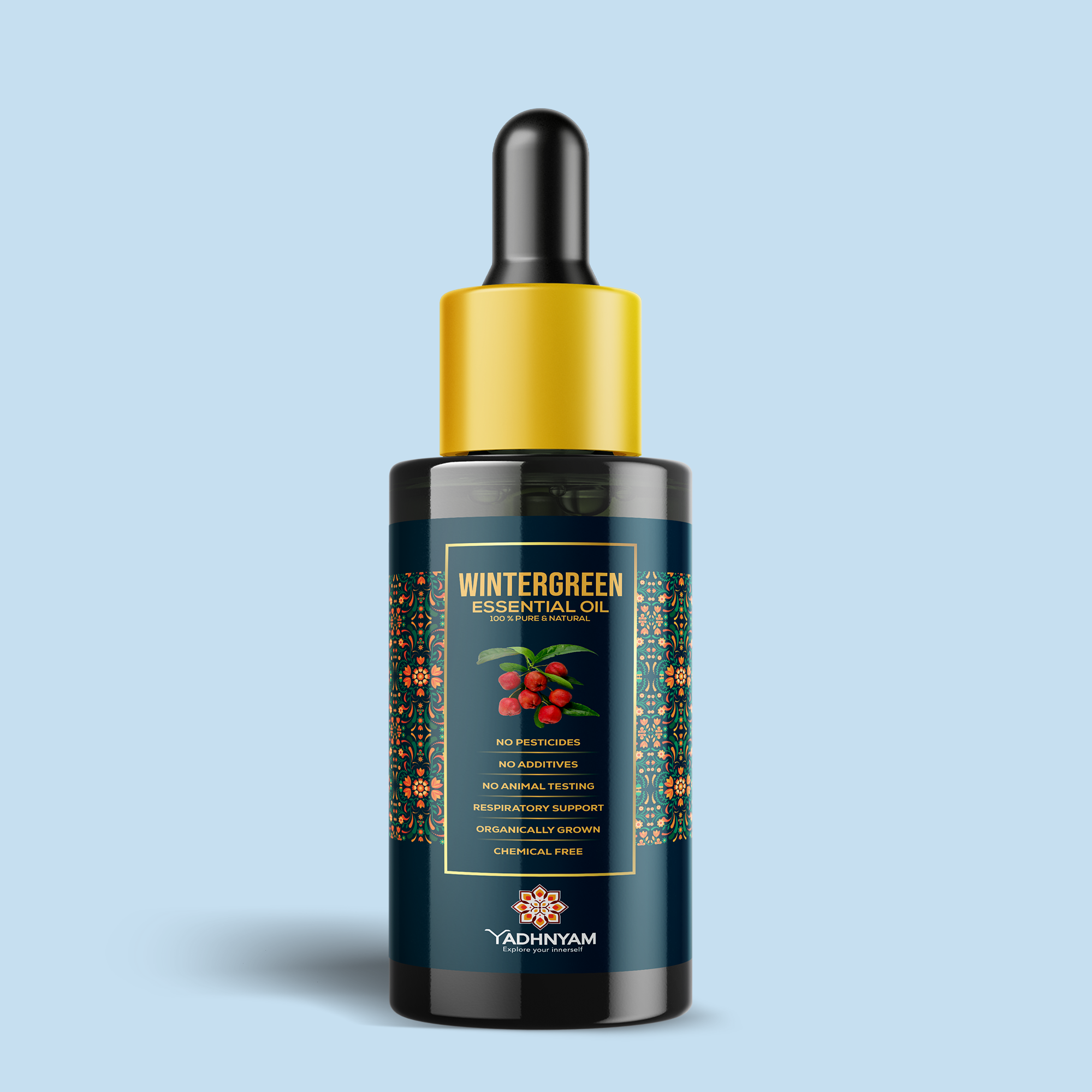



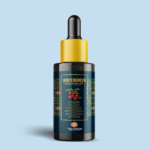



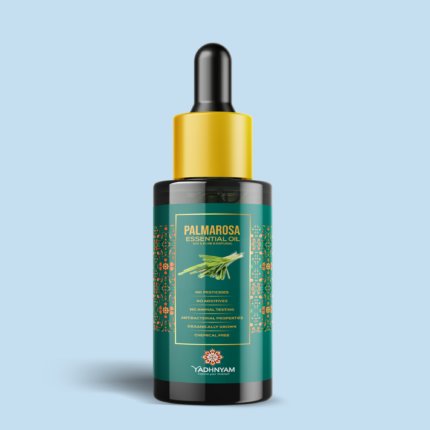

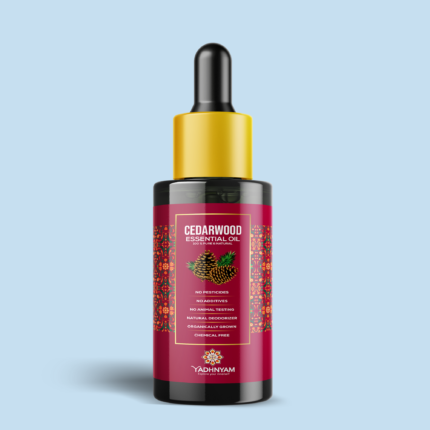

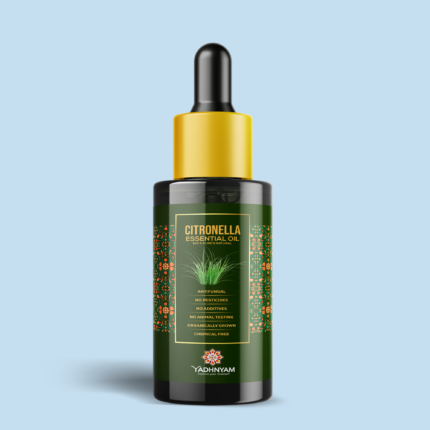

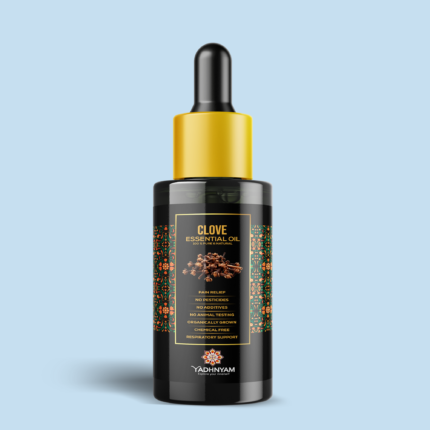

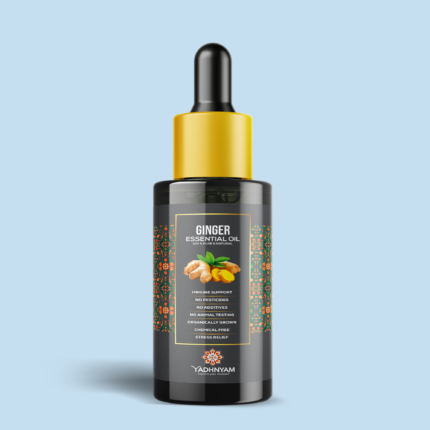
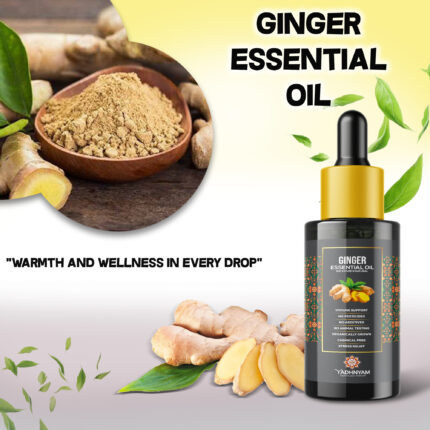



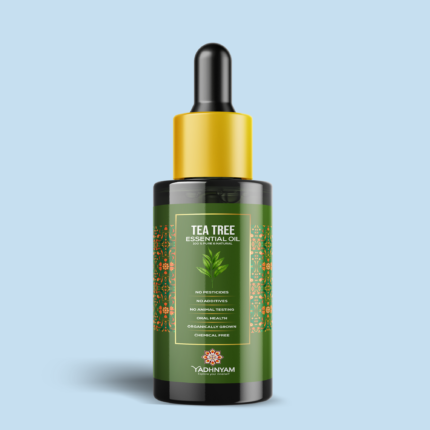

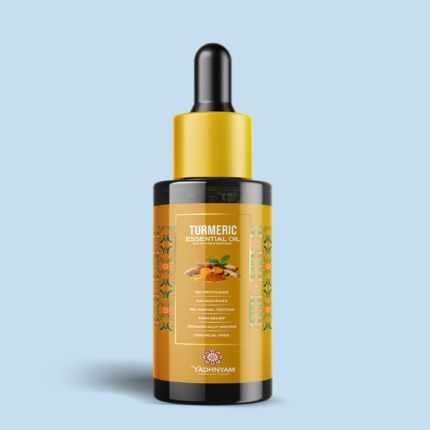
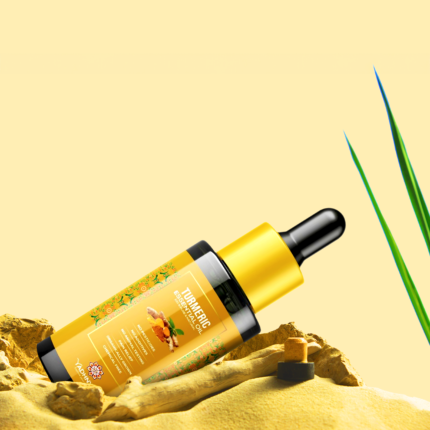
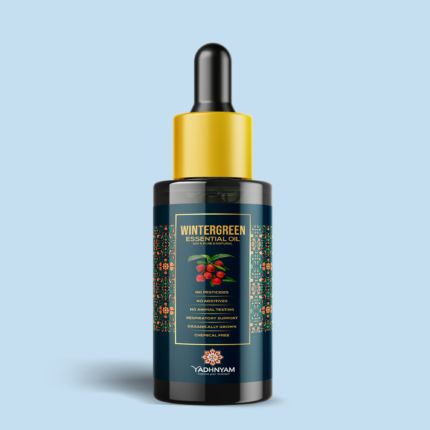
Reviews
There are no reviews yet.